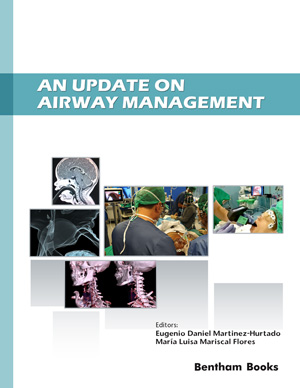Abstract
SHS investigation development is considered from the geographical and historical viewpoint. 3 stages are described. Within Stage 1 the work was carried out in the Department of the Institute of Chemical Physics in Chernogolovka where the scientific discovery had been made. At Stage 2 the interest to SHS arose in different cities and towns of the former USSR. Within Stage 3 SHS entered the international scene. Now SHS processes and products are being studied in more than 50 countries.
Abstract
Difficult Airway Devices (DAD) are instruments used in difficult airway management, with or without intubation. The characteristics of an “ideal” airway device are adequate contact with the upper airway that allows an adequate ventilation, easy insertion for beginners, with short learning curve, minimum risk of aspiration, effective sealing of the upper airway which allows ventilation with positive pressure, no distortion of the pharyngeal anatomy by the pressure cuff or the shape of the device, low morbidity, and good quality. Supraglottic Airway Devices (SAD) are those devices that are placed above the glottis with the objective of ventilating patients, transporting anesthetic gases and oxygen. However, some of these devices can also be located below the glottis, so that some groups now call them Extraglottic Devices (DE). In the last years of the 20th century, many SADs were introduced, and currently, there are at least 20 types of non-disposable and disposable laryngeal masks.
Keywords:
Airway device, Difficult Airway, Difficult Airway Society algorithm, Endotracheal tube, ILMA, Laryngeal mask airway, Supraglottic airway devices, SAD, Second generation supraglottic airway devices.
Recommended Chapters
We recommend

Authors:Bentham Science Books






